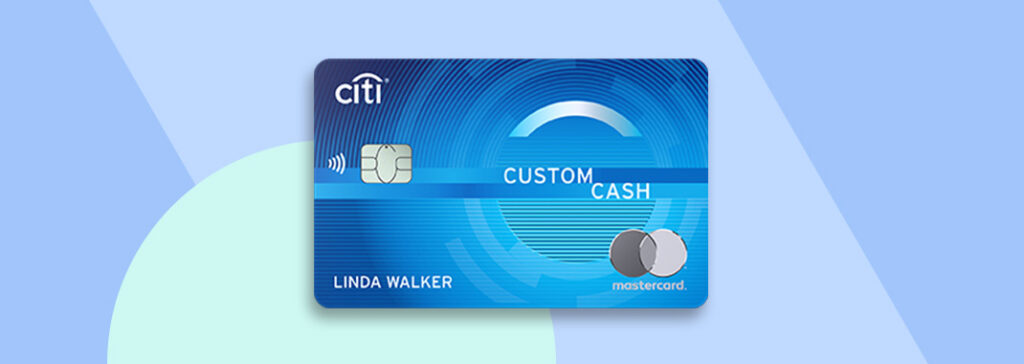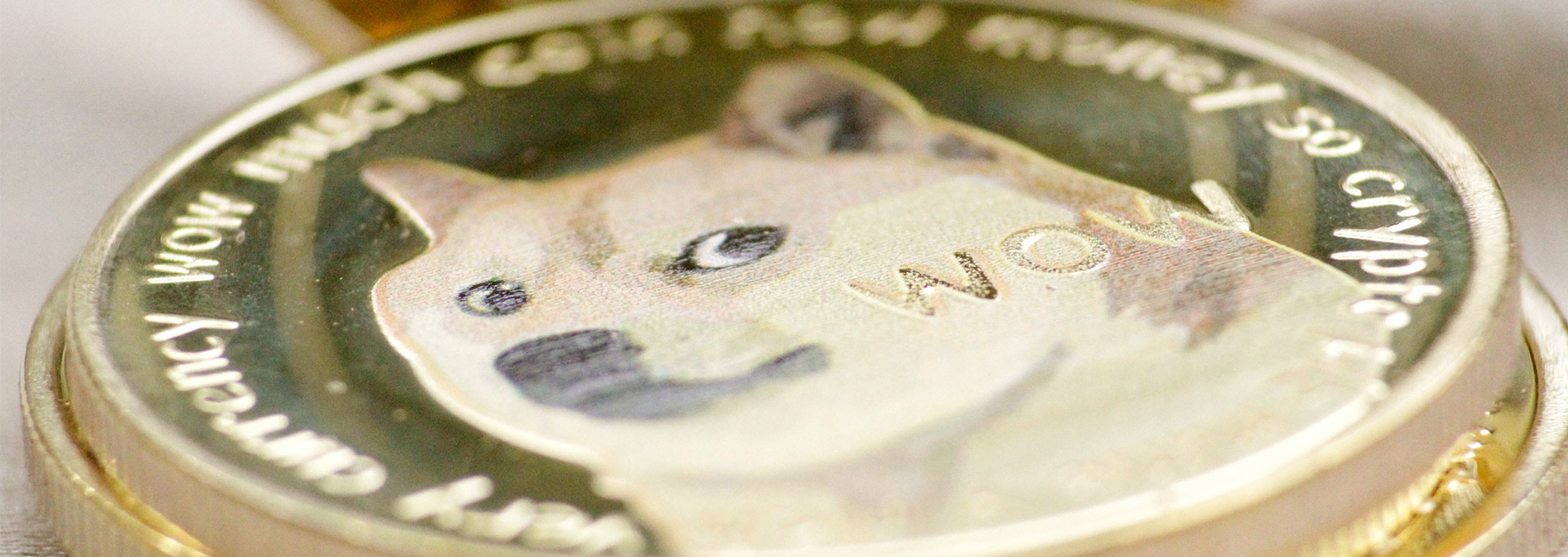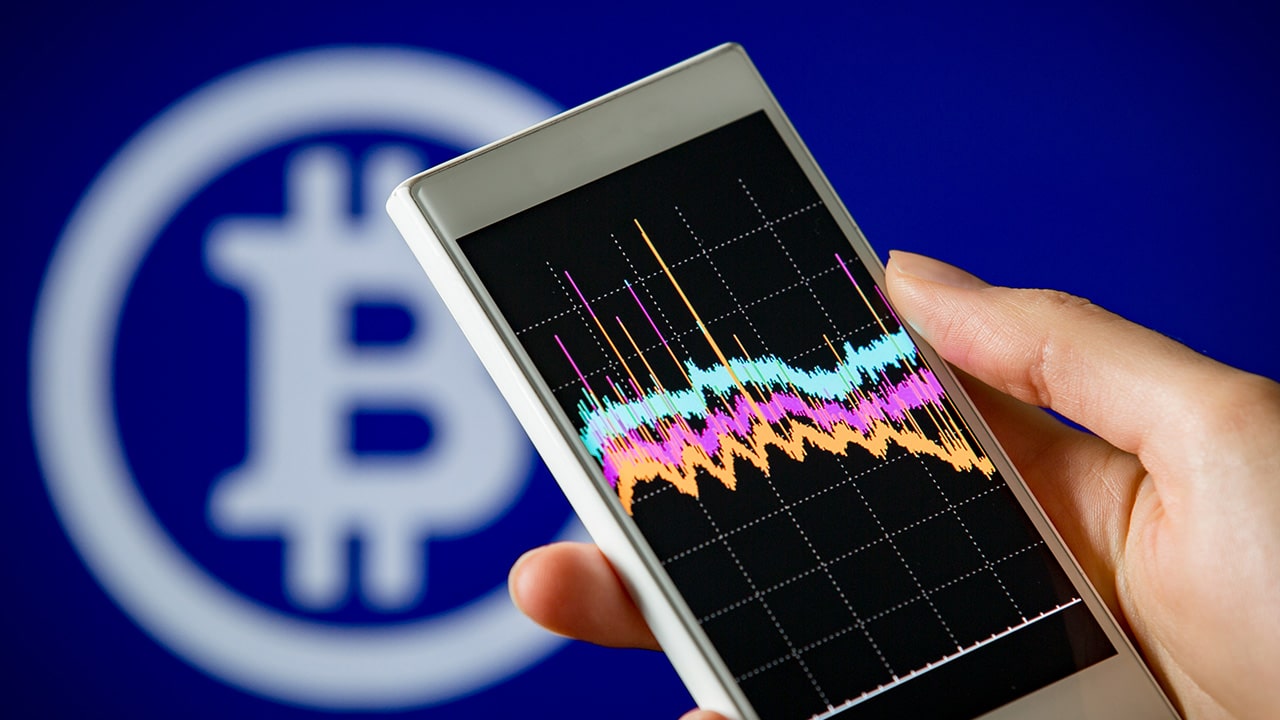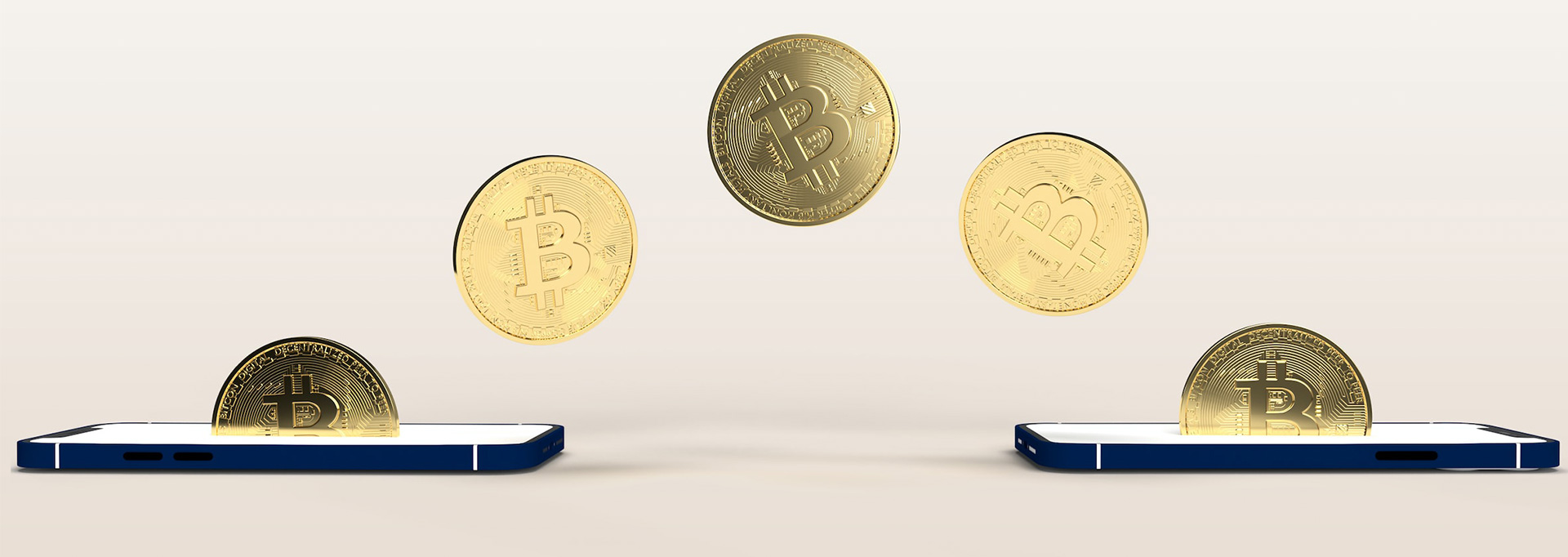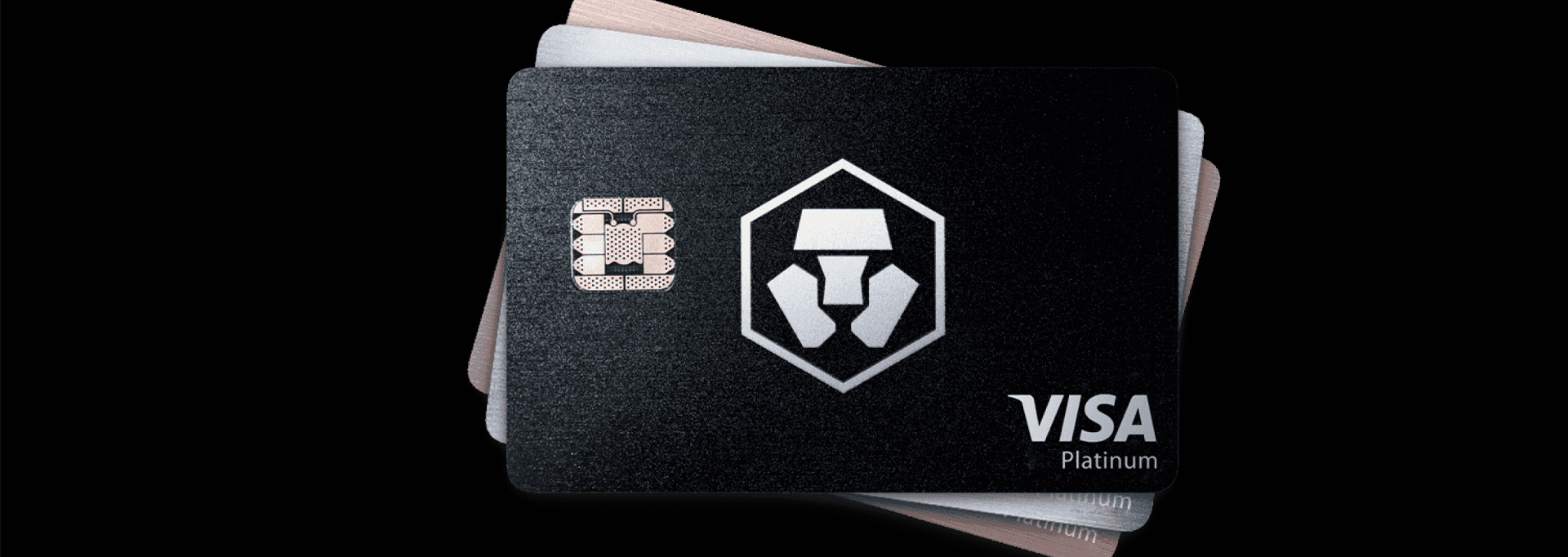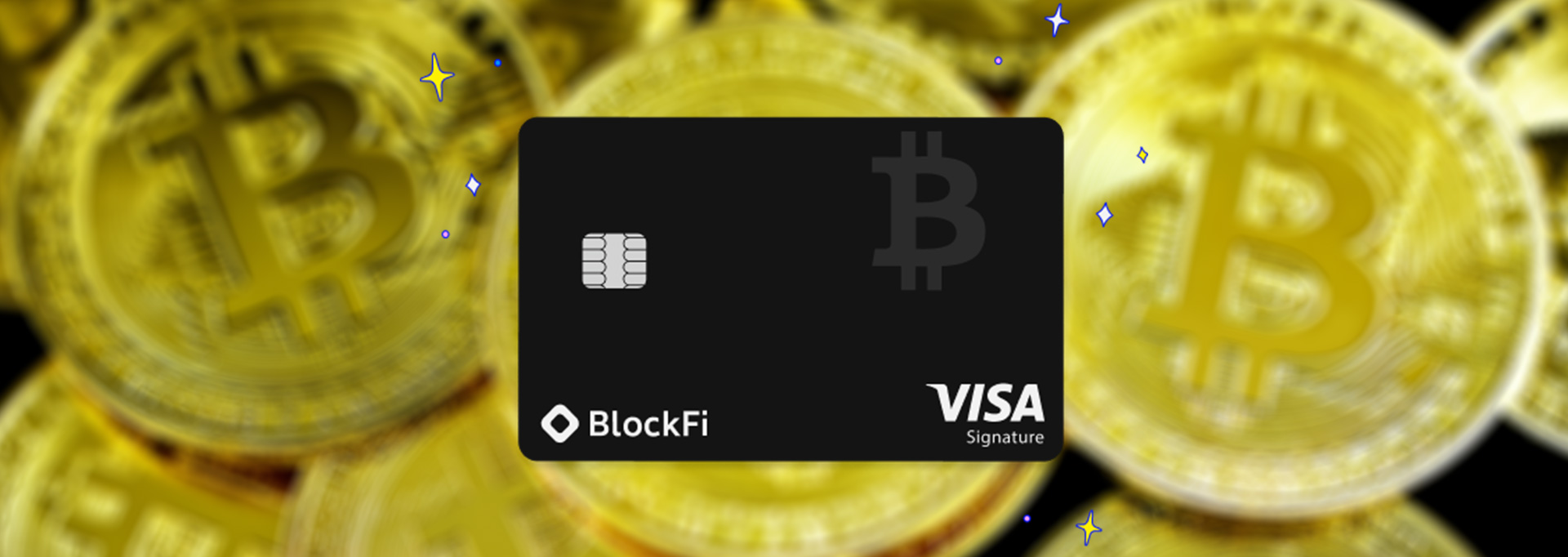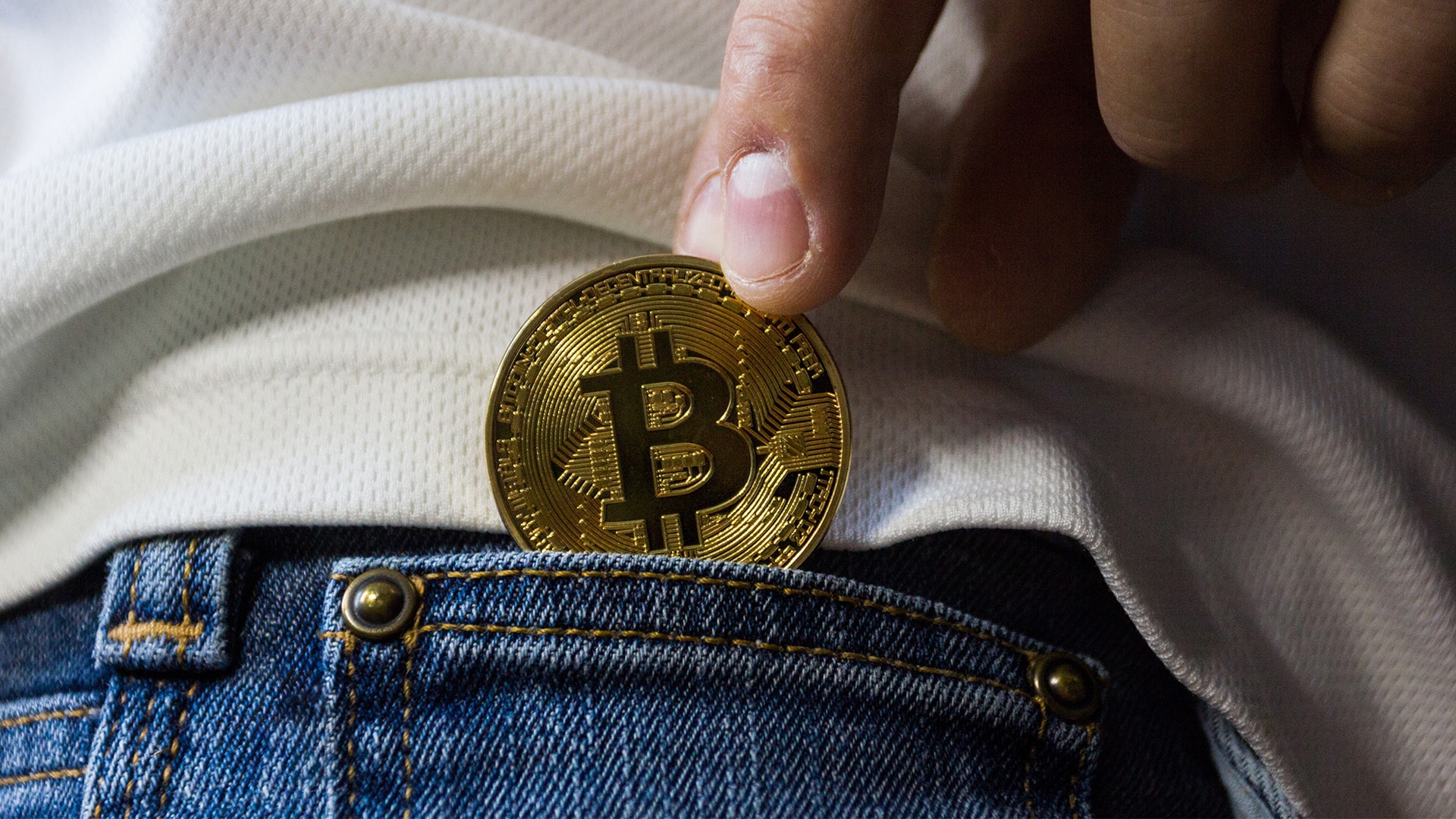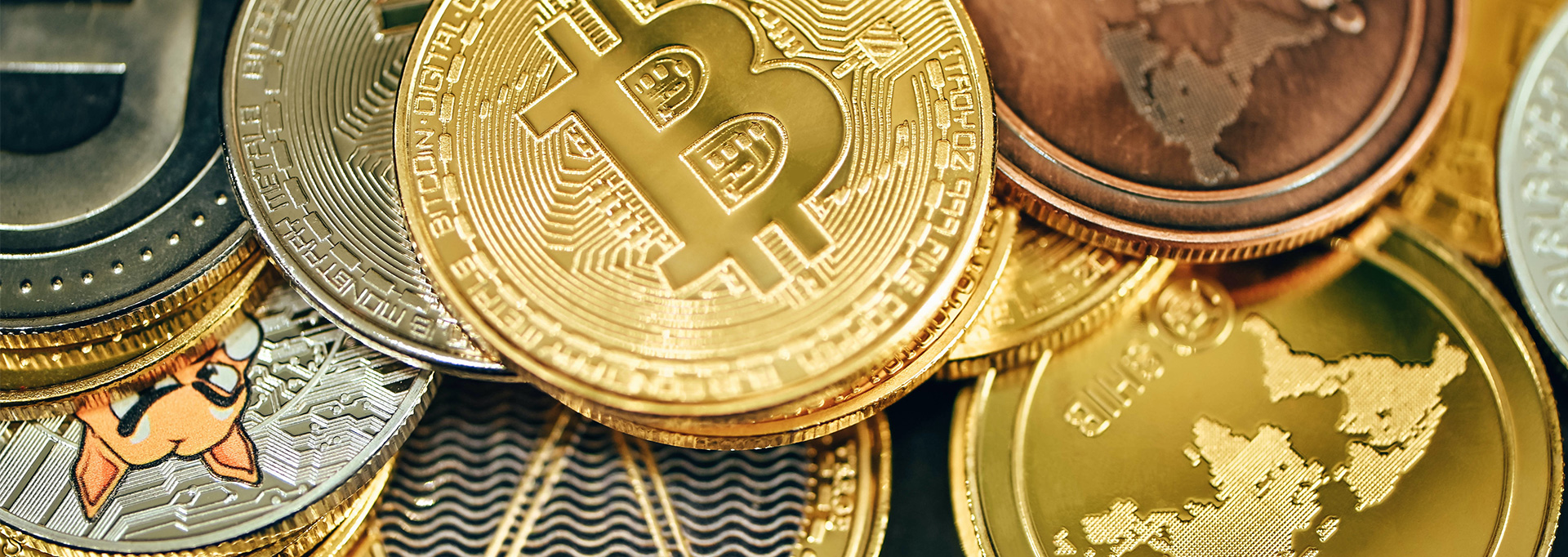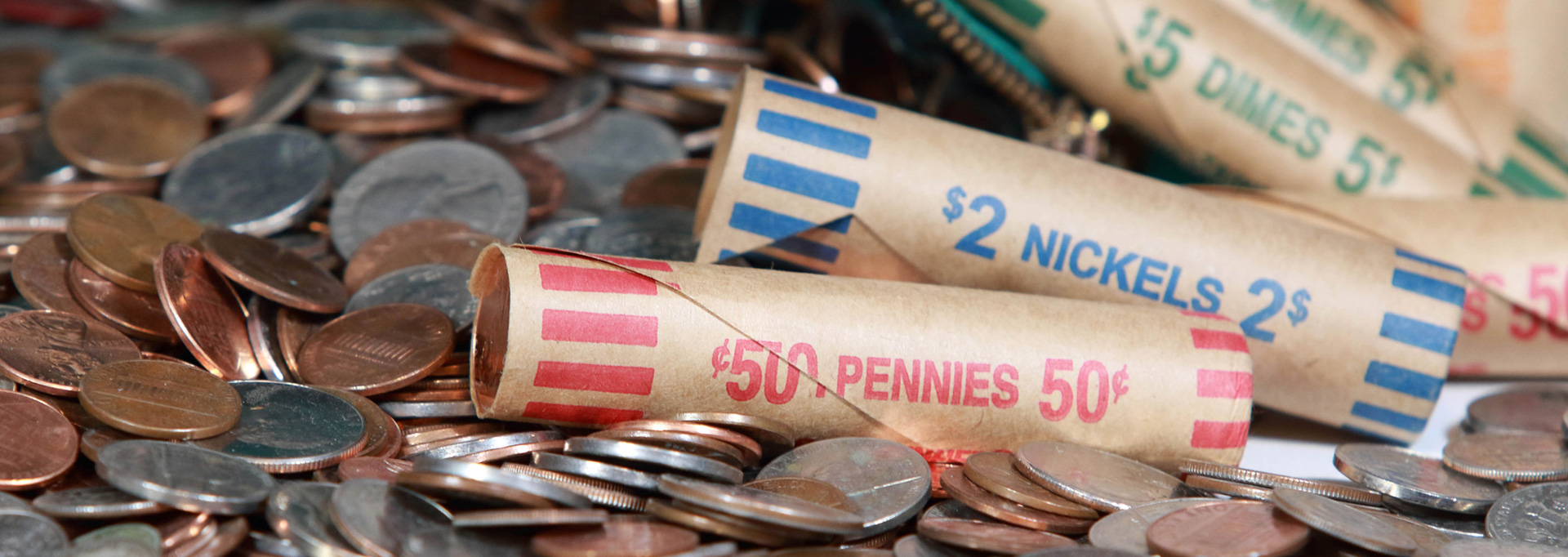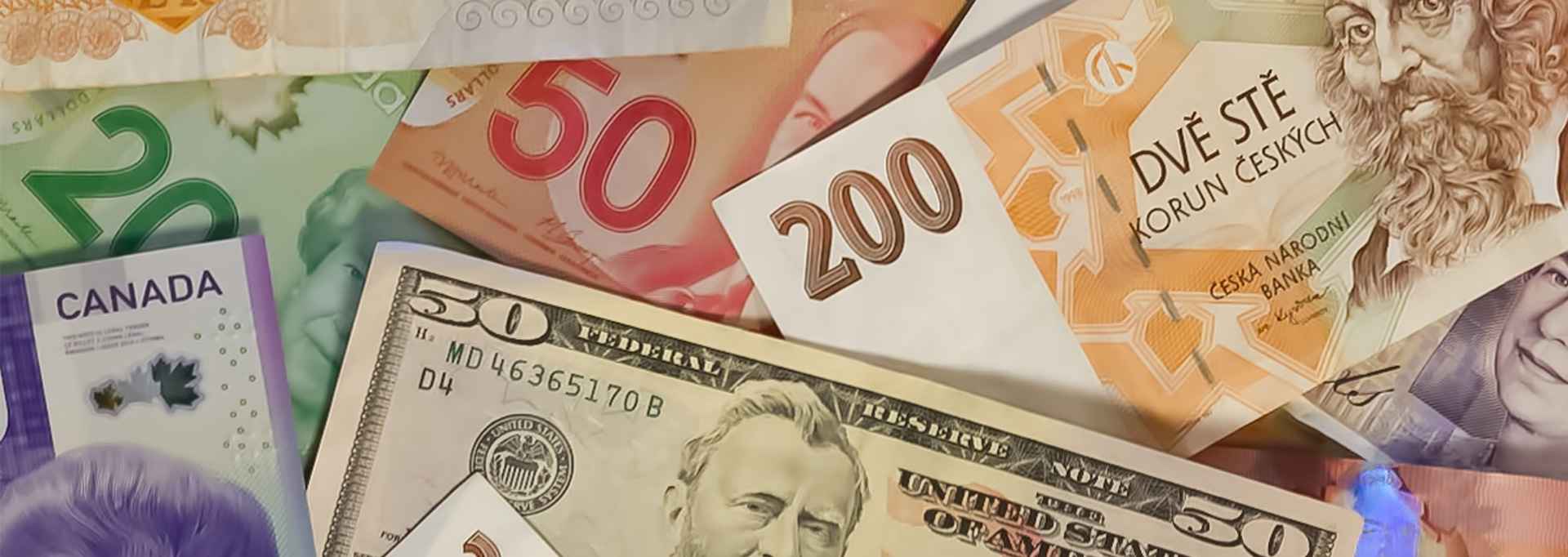Most products on this page are from partners who may compensate us. This may influence which products we write about and where and how they appear on the page. However, opinions expressed here are the author's alone, not those of any bank, credit card issuer, airline or hotel chain.
When discussing cryptocurrency, bitcoin is likely the first digital token to come to mind. However, there are plenty of other cryptocurrencies worth knowing about. From the second-largest currency, ether, to the meme that’s turned people into millionaires, dogecoin, these are some of the most noteworthy and influential currencies to know about today.
What Are Cryptocurrencies?
Before digging into each currency below, it’s important to understand how cryptocurrencies work. Cryptocurrencies are a form of digital currency tracked online using a technology called blockchain. When someone buys or transfers a cryptocurrency, the transaction is recorded publicly by many different computers, making the digital coins nearly impossible to hack.
If you're looking to buy cryptocurrency, you'll need an account with an exchange like eToro or BlockFi. You may also want an additional cryptocurrency wallet to keep your coins safe and sound with offline cold storage.
While Bitcoin (BTC) is by far the biggest digital currency, with a market cap of more than $1 trillion as of this writing, there are plenty of other interesting coins with varying market caps and use cases. These are all top-100 cryptocurrencies by market cap that are either among the biggest or most interesting (at least in this author’s opinion) in the marketplace today.
Types of Cryptocurrency Beyond Bitcoin
- Ethererum (ETH)
- Binance Coin (BNB)
- Ripple (XRP)
- Tether USD (USDT)
- Cardano (ADA)
- Dogecoin (DOGE)
- Polkadot (DOT)
- Uniswap (UNI)
- Litecoin (LTC)
- Bitcoin Cash (BCH)
- Stellar Lumens (XLM)
- EOS (EOS)
- Tezos (XTZ)
- Algorand (ALGO)
- Basic Attention Token (BAT)
Ethererum (ETH)
Ethereum is the second-largest cryptocurrency, with a market cap of over $300 billion. In addition to the star of the show, the ether coin, the Ethereum Blockchain enables smart contracts, decentralized apps (DApps) and other currencies.
Ethereum launched in 2015 and runs as an open-source blockchain. It is the defacto alternative to bitcoin for people who want to hold cryptocurrency but are not quite “into” crypto. The big downside is that, as of now, ethereum transactions can be quite expensive. The Ethereum 2.0 network is rolling out slowly and should lower “gas” prices while improving the currently unimpressive network speed.
Binance Coin (BNB)
Binance Coin is the official currency of the Binance exchange, which operates both international and U.S. platforms to comply with various regulatory requirements. I was actually a little surprised when preparing this article to see that it has grown to be the third-largest cryptocurrency, with a market cap of around $90 billion.
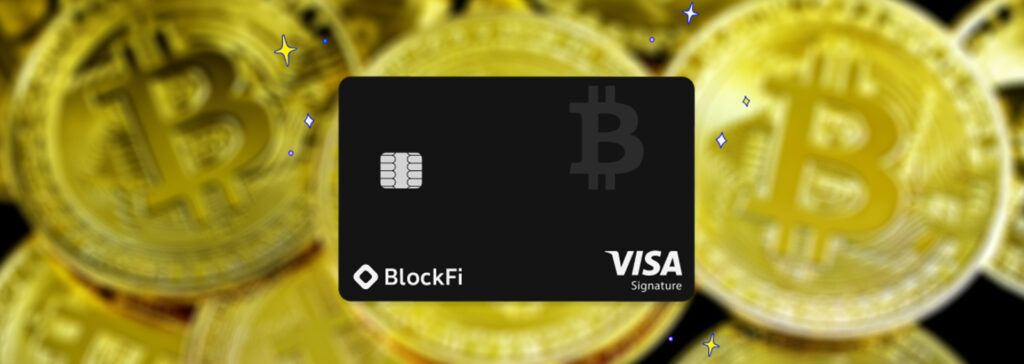 Related Article
Related Article
Here’s How to Earn Bitcoin with Your Everyday Spending
BNB coin is used for trading and paying fees on the Binance exchange. It also works for credit card payments and some other limited uses. Binance Coin lives on the Ethereum Blockchain (these are called ERC-20 tokens). Binance uses strategies to ensure the coin is a finite resource that will ideally become more valuable over time.
Ripple (XRP)
Ripple is the fourth-largest cryptocurrency, with a $64 billion market cap, but you shouldn’t necessarily rush and add XRP to your portfolio. Even if you want to buy XRP, it has fallen under government scrutiny in the United States and was blocked by many exchanges.
However, Ripple Labs stands behind its coin and continues to litigate against the SEC for offering an unregistered security to the public. XRP transactions are fast and secure, but you should probably wait until the government decides the fate of the coin and company before buying in.
Tether USD (USDT)
Tether USDT is a cryptocurrency that’s tied exactly to the U.S. dollar. At any given time, one USDT should equal one USD. As of now, the market cap of USDT is $51 billion. USDT is frequently used to buy and sell other currencies without changing back into true dollars in a bank account.
Tether is also the center of some scrutiny, as some believe they don’t store $1 or an equivalent of other currencies to keep the value of Tether stable. Some say the company behind Tether worked to manipulate the price of Bitcoin using USDT as a mechanism. While all seems okay right now, I personally wouldn’t hold any assets in USDT.
Cardano (ADA)
Cardano is a newer currency that quickly jumped to the sixth-largest of any crypto, with a $42 billion market capitalization. Cardano is another proof-of-stake blockchain where many computers track the owner of every coin (anonymously). ADA is engineer- and developer-centric, which makes the Cardano Blockchain popular for a range of uses.
According to many crypto investors, cryptocurrencies with an actual use case beyond “fun” are most likely to succeed in the long run. It empowers smart contracts, its own coin and other use cases.
Dogecoin (DOGE)
Here’s the fun one. Dogecoin was founded as a joke and turned into a somewhat serious currency. It has gone on a roller coaster ride, partially fueled by Elon Musk tweets, and currently holds a market cap of nearly $40 billion.
Dogecoin is highly speculative as there’s no real use case behind it. However, I got on the rocket train and put a little of my own money in DOGE around the time of the GameStop stock craze. Because it’s so speculative, it’s best to avoid putting more into Dogecoin than you can afford to lose. In fact, that’s a good rule to follow with cryptocurrency in general.
Polkadot (DOT)
Polkadot is another of the newer currencies and has a total market value of about $35 billion. Polkadot was designed with security and scalability in mind, a challenge with larger blockchains like Bitcoin and Ethereum. Polkadot is also designed to be upgraded without a hard fork, splitting a currency to branch out into a better, faster version of the same blockchain.
Coins that are fast and highly usable, like Polkadot, have performed well thus far. That makes me believe it will continue to grow in the future. It’s only the eighth-biggest cryptocurrency right now, but I would keep an eye on this one for the future.
Uniswap (UNI)
Uniswap is another ERC-20 token that runs on the Ethereum Blockchain. Uniswap is designed to manage smart contracts and converting between different cryptocurrencies. Uniswap just launched in 2018, but it’s well supported and run by a crack team of developers.
Uniswap aims to be an alternative to coins like BNB and Coinbase’s USDC. It’s a decentralized currency that’s exchange agnostic and doesn’t tie you to any one provider.
Litecoin (LTC)
Litecoin is one of the OG cryptocurrencies and rounds out the top 10 with a $17 billion market cap. Early on, Litecoin was an exciting third choice to bitcoin and ethereum that worked faster, hence the name. While it has maintained a high ranking in the cryptocurrency world overall, it’s been overtaken by some newer and more exciting currencies.
Litecoin was created as a fork (copy) of the original bitcoin code but changed limits and block generation times to push coins worldwide more rapidly. While LTC roughly followed the price of BTC early on, these days, the prices are not well correlated.
Bitcoin Cash (BCH)
Bitcoin Cash is one of the biggest hard fork successes in cryptocurrency. Bitcoin Cash branched off from the original Bitcoin Blockchain. Bitcoin Cash spun off from BTC in 2017. It has since split twice more, creating Bitcoin SV and Bitcoin ABC.
It seems Bitcoin Cash is a fun way to see the number of coins you hold double with so many forks, though the market value probably won’t change much right away when the split happens. It’s another distributed ledger designed to be faster than bitcoin. As of now, there are a total of $16 billion of BCH in circulation.
Stellar Lumens (XLM)
Stellar Lumens ranks as the 15th biggest cryptocurrency, with an $11 billion market cap. I’m personally a big fan of XLM, as transactions take place almost immediately and at a meager cost.
The nonprofit Stellar Development Foundation supports stellar. XLM is used for international payments and even supports cell phone time tracking for a South African phone company. It’s also involved with the Ukrainian government in building a new government-backed cryptocurrency for the former Soviet Republic.
EOS (EOS)
EOS is the 26th largest cryptocurrency, with a $5 billion market cap. EOS is noteworthy as a technology that can power many other decentralized apps. EOS aimed to fix scalability and flexibility problems that came with older blockchains.
I recently noticed EOS is the blockchain behind Upland’s real estate trading game, among many other use cases. We’re getting into smaller, and therefore more risky, currencies. However, I think this is another one to watch.
Tezos (XTZ)
There’s a total of $4 billion in Tezos in circulation. If you have an account at Coinbase, you may have noticed an interest rate is paid when for staking (storing coins in a crypto account) at Coinbase. That’s encouragement for the ecosystem to grow going forward.
Tezos has seen some ups and downs after a successful IPO followed by a series of lawsuits. But things seem to have settled down, and the currency looks to have a bright future as of now.
Algorand (ALGO)
Algorand is another stakeable currency on Coinbase and has a market cap of around $4 billion. Algorand is designed for financial applications, including services for large financial institutions. Again, because this coin has a good use case, it’s more likely to succeed.
Algorand focuses on performance and scale for its ALGO coin, smart contracts and other uses.
Basic Attention Token (BAT)
Basic Attention Token isn’t all that big in the scheme of crypto. It ranks no. 63, with a $1.7 billion market cap. What’s fun about BAT and why I added it to this list is the main use case. BAT is used to run an advertising platform for users of the privacy-centric Brave browser.
The ad ecosystem pays both publishers and web users in BAT for using its platform. That’s right. You can get free crypto for the advertisements baked into the Brave browser. Google never paid you to use Chrome, so BAT (along with much better privacy features) is a good incentive to switch.
Should I Buy All of These Cryptocurrencies?
For most people, cryptocurrencies are still a speculative and risky investment option. Most people are clearly focused on market leaders bitcoin and ethereum, but these other coins can give you some diversification in your crypto portfolio.
Remember, these may double, triple or more in value. But they could also go down to zero. Invest cautiously and pick your coins care to ensure you’re on the right track for your cryptocurrency goals.
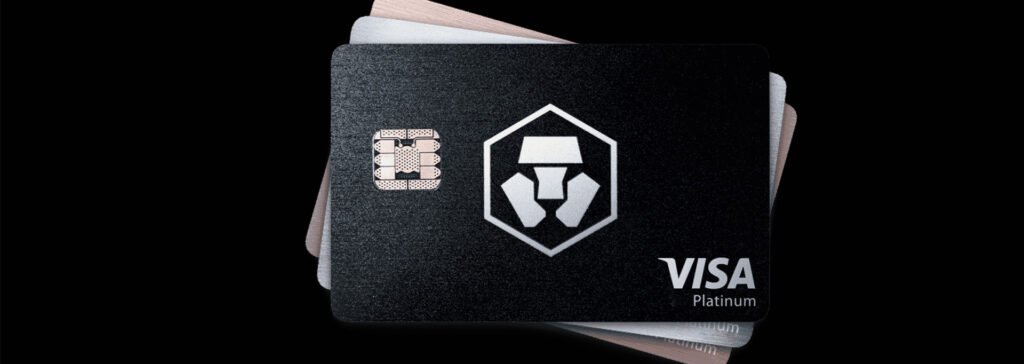 Related Article
Related Article
